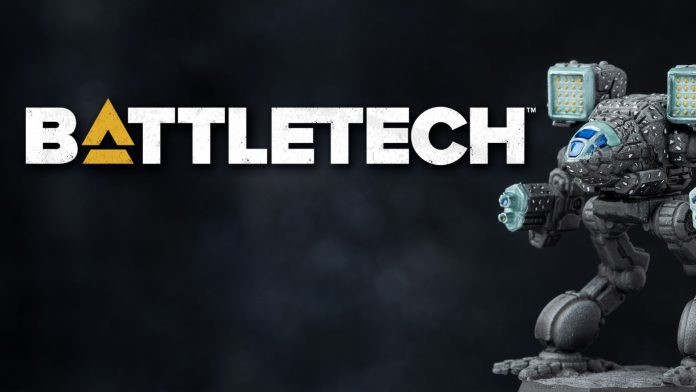Welcome back to more Battletech. Force Construction in Battletech is very simple to the point of barely being a mechanic, with most pick-up games being played just to a specific Battle Value (BV). Unlike many other games, there’s no required force organization or minimum requirements, you can take anything from a single assault ‘mech that uses all your BV to a swarm of lights that individually cost almost nothing.
Unfortuntely along with this simplicity there’s some added complication to actually building your list, as there’s no codex/army book to build out of or tool like Battlescribe where you can see everything at a glance. There are an incredible number of choices that you can make while building your lance. Which mechs do I bring, and what variants of those mechs should I use? How do I even make a list, without a nice, convenient way to view the stats of mechs and their BV cost? What sorts of mechs combo well together? All of these are pretty important questions to figure out.
In a lot of wargames there is a generally accepted meta of what is and isn’t good and a general framework of what you do and do not want in a list, Battletech does not have this due to the community having a near total lack of consensus on what is and isn’t bad. Some players will argue that it is best to take many cheap, small mechs and overwhelm your opponent with sheer numbers, while others will argue that it is better to concentrate force in a few assault mechs with good accuracy who can reduce one of those cheap mechs to scrap metal in a single turn. Some will argue that high tech is better due to longer ranges, while others will swear that it isn’t worth it due to the increased heat and BV cost per mech. Some will argue that high speed is the best defense, and armor is secondary, others will argue that you should aim for as much armor as possible, speed be damned. Absolutely no one can agree on any of this, which makes it a nightmare to try and do research of any kind on the mythical “Battletech Meta”. That all being said, there are a few things that I like to keep in mind while building lists and picking mechs, and I can at least share those.

In my mind and my opinion, there are 2 of different ways to build a list for Battletech, both of which are valid. One is “I want to use these mechs.” This is where you gave a set of mechs that you want to use, and you select variants that work well together so you can use some of your favorite mechs. The other method is “I want my mechs to do this.” This is where you have a specific game plan or goal in mind, and select mechs from the massive catalog of available mechs to meet that goal. The first method is much easier, especially for new players, as you can just look up the variants of the mechs you like best, and build a cool force out of them that, because BV is mostly a good balancing mechanism, should work decently well. For us sickos who have memorized nearly every mech in the game and their rough capabilities though, the second method can lead to a more optimized list with a clearer game plan, at the cost of requiring a lifelong addiction to big stompy robots or several hours on the wiki.
In addition, due to BV mostly being a good balancing mechanism, even a fairly well tuned list will only have an advantage if your game plan is good and you know how to use your mechs, as you usually wont have any more raw power than any other force of equal BV, due to how BV is a formula applied evenly to all mechs, not arbitrary points values set by a central authority. If something is skewed for its BV, then it is skewed on every mech that can mount one. Also, sometimes you just get Through Armor Critical’d or Headshotted and no amount of planning would save you, but, hey, that’s Battletech.
No matter which method you choose, there are 3 important tools you need for list building. One is the Master Unit List Force Builder, which you can enter your mechs and variants into to calculate the total BV of your force, including the BV of any pilot skill upgrades you feel like doing. The second is the Sarna Wiki, which lets you look up any given mech and see a list of all of its variants, as well as a small amount of lore about the mech and a general wealth of information about the setting. The third are record sheets for all of the variants you want to use, which you can get from a variety of sources, and you should always double check the record sheet to make sure there isn’t something glaringly wrong with the design that Sarna isn’t telling you.
I’ll be assuming that you are playing in 3151 at 5000 BV for this article, just to give us the widest range of variants available for our mechs in the most current point in the timeline. I have been slowly coming around to the idea of playing more games in the IlClan era, as I like some of the concepts that have been presented in it, and due to the nature of Battletech meaning that all varieties of mechs from 3025 on are still around and blasting each other in 3151, you can use whatever you want here.
Method 1
So, this method simply has you pick a few mechs that you enjoy and then build the list around them. I am going to choose a Commando, Vindicator, Catapult, and Awesome to be our mechs here, as that list contains one each of light, medium, heavy, and assault class mechs, and they all are in either the Beginner Box or the A Game of Armored Combat box, so most players either do have them or should have them. It’s generally a good idea to start with your favorite out of the set of mechs, and then tailor the rest of the mechs around it, either to exaggerate its strengths or minimize its weaknesses.

In this case, my favorite out of these mechs is the Awesome. Checking Sarna, the base Awesome is slow at 54 km/h (or 3/5 on the tabletop), heavily armored, and pretty well armed with 3 PPCs and enough heat sinks to fire them pretty consistently. However, as this is 3151, there are a huge amount of different Awesomes to choose from. I like the sound of the 9Q, a basic upgrade of the Awesome with an extra PPC, better heat sinks, and an ECM Suite that lets it mess with enemy sensors and advanced tech. The weaknesses of this mech are that it has a minimum range on all of its weapons, and it is a bit slow. For strengths, it has no explosive components, and 4 PPCs firing constantly is a pretty scary amount of damage output out to a pretty impressive range. Putting the 9Q into Master Unit List’s Force Builder, I can see that it costs 1875 BV, leaving us with 3125 BV left for the other 3 mechs.

Moving on to the next mech, lets do the Vindicator. Again, a look at Sarna tells us that the basic Vindicator is fairly slow for a medium mech (64 km/h, or 4/6), but it has jump jets and fairly good weapons for its weight, with a PPC, a LRM5, a Medium Laser, and a Small Laser. Looking at the variants for this mech, I am tempted by the 1SIC variant, which swaps the PPC for a Large Laser and upgrades the LRM5 to a LRM10. This is tempting because I personally prefer Large Lasers to PPCs, and I am a massive fan of LRMs. In terms of maximizing the strengths of the Awesome, the LRM can pitch in with the Awesome at long range, and for minimizing weaknesses, the lack of minimum range on its lasers, as well as its jump jets, means that it can help fight off things that get within minimum range of the Awesome. The Awesome, on the other hand, can help cover the Vindicator against heavier mechs that the 1SIC might have trouble killing. Putting this into Master Unit List, we are now at 2895 BV out of 5000, so we have 2105 BV left.
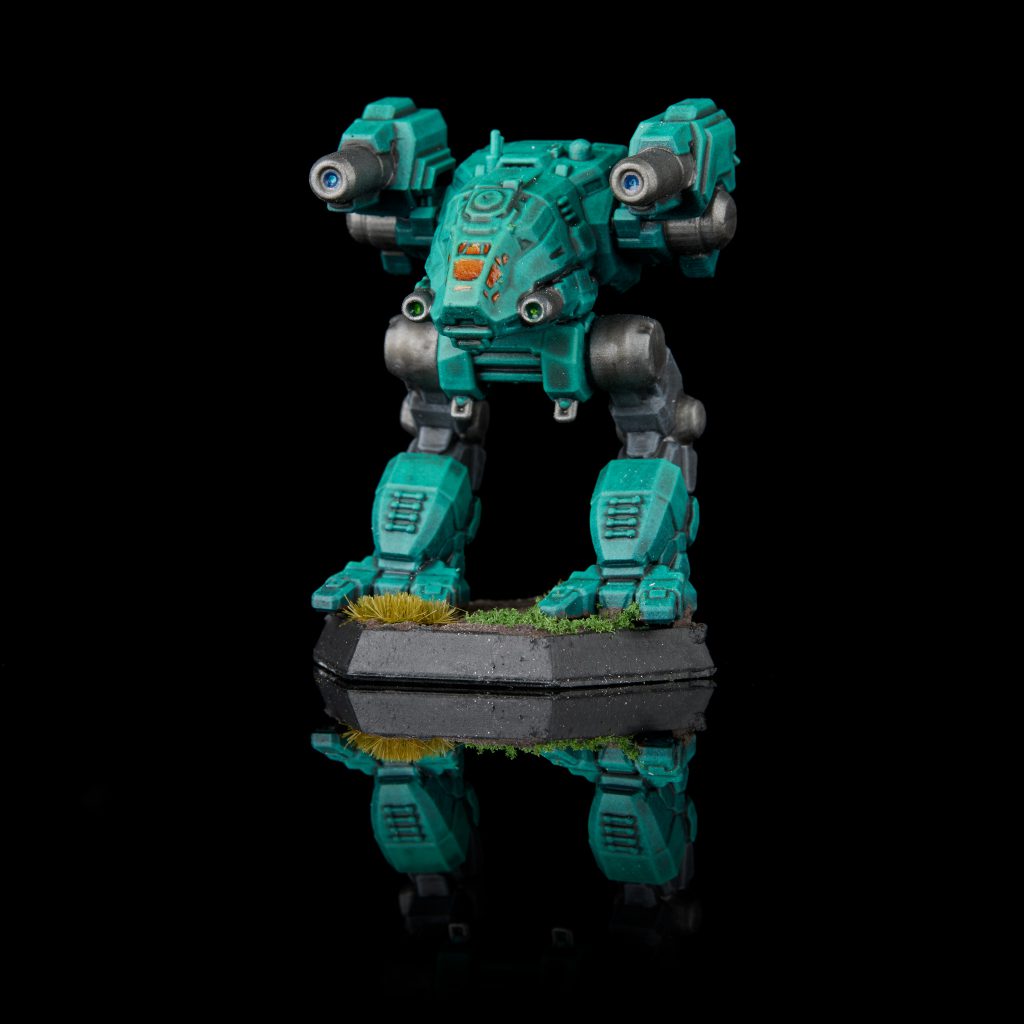
For the next mech, the Catapult, another look at Sarna tells us that it is average speed for a heavy mech (64 km/h, or 4/6), has jump jets that give it pretty good mobility, and it carries 2 LRM15s and 4 Medium Lasers, as well as a good amount of heat sinks and armor. The Catapult is quite a good mech, even stock. Its main problem is that it doesn’t have a lot of ammo, but even after it runs out of LRM ammo, 4 medium lasers is quite a bit of damage at close range. Looking at the variants though, the Catapult has a staggering amount of them. Due to our previous mechs already having good direct fire, the K2 jumps out at me as an appropriate variant for our force. It replaces the LRMs with 2 PPCs, but exchanges 4 Medium Lasers for 2 Medium Lasers and 2 Machine Guns, a downgrade against mechs but a significant upgrade against infantry, if you are a psycho and your games regularly have infantry. This variant completely changes the role of the Catapult from a Missile mech to a Direct Fire mech similar to the Awesome. For minimizing weaknesses, this Catapult can jump like the Vindicator, and, while it does have a minimum range on its main guns, as long as you space it out from the Awesome you can keep things from ending up within both of their minimum ranges at the same time. In terms of maximizing strengths, this adds another pair of PPCs to the volley at long range. Adding the K2 on Master Unit List gives us 4214 BV total, 786 left for the final mech, which should be plenty for a Commando.
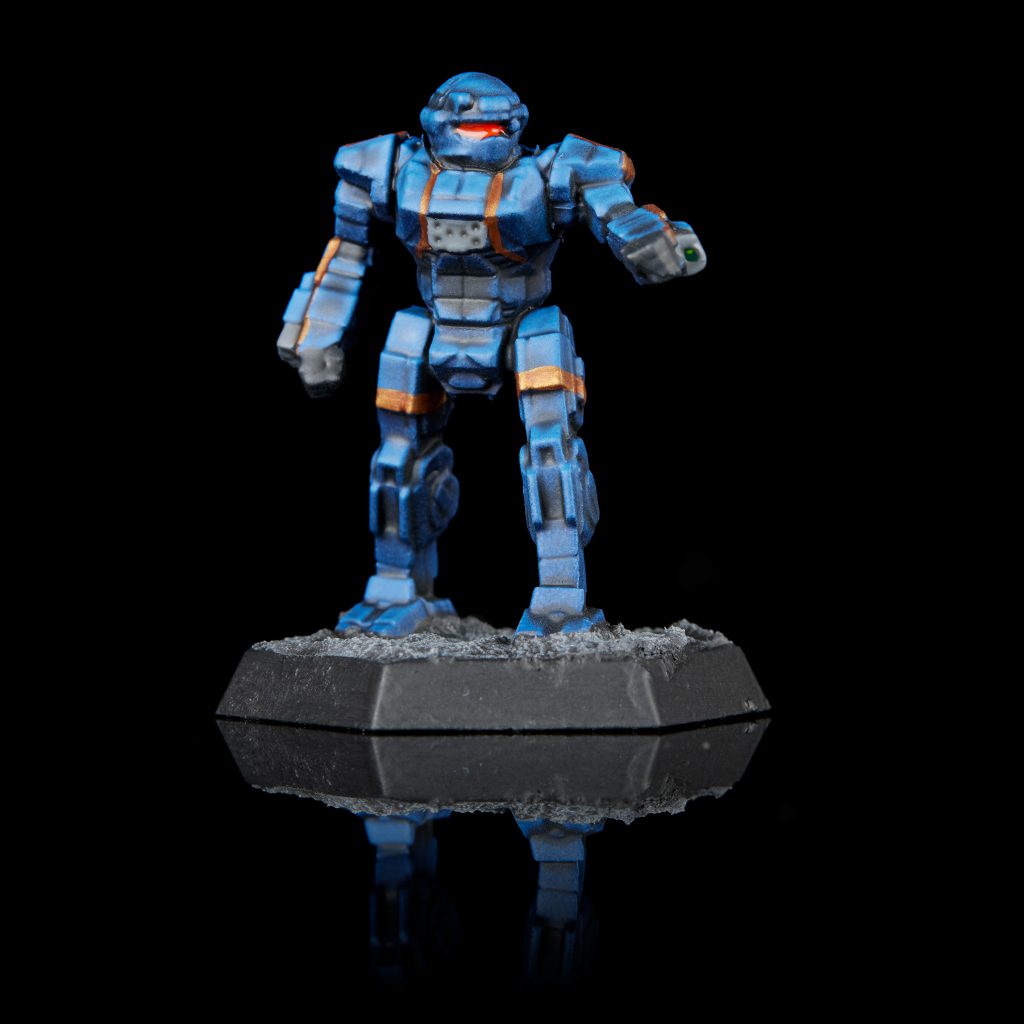
Speaking of the Commando, looking at the wiki tells us that it is on the slower end of light mechs (97.2 km/h, or 6/9) and has no jump jets. It does, however, have a horrifying damage output for something so light, with a SRM6, a SRM4, and a Medium Laser. It is still a very fragile light mech and will die to a hit from really any serious weapon, but it comes cheap as a result. Looking at variants, the 4H seems like the best fit for our lance. It exchanges the SRM racks for an extra Medium Laser and a horrifying 6 Rocket Launcher 15s. Rocket Launchers are single use missile packs, similar to an LRM with SRM-like range, but weigh nearly nothing. They are inaccurate, but hopefully the Commando’s speed will let it get in to point blank range with them to minimize that problem. These weapons being single use is a good thing for the Commando. In a normal game, it will usually run into close range, shoot all of its guns, and then get deleted by return fire from whatever it shot. Giving it more guns to use on its initial glorious “WITNESS ME” suicide run, with higher damage in a single attack phase, is very good. The 4H Commando can casually lay down an alpha strike that, assuming average rolls on the cluster table does 65 ish damage if everything hits. If you get blessed by Kerensky himself you could do 100 damage with this thing in one shooting phase, which is disgusting. Sure it might shut down afterwards, and it will have trouble disengaging, but its a glorious little murder wagon and I love it. In terms of maximizing strengths, it doesn’t really provide much here. For minimizing weaknesses though, you could hold it back until something tries to get close to your gunline, and then charge it in to swat the offending flanker with a huge alpha strike that will hopefully cripple it enough for the rest of the lance to deal with. It can also chase down mechs that get battered by the rest of the lance, but not destroyed, and deliver a Coup de Grace. Don’t expect it to come back alive from that task though. Putting it into Master Unit List gives us a final cost of 4905 out of 5000 BV. This is not a lot of extra BV, with one of the only things we can do with it being to upgrade the Commando’s Piloting skill by 1, which puts us to 4974 BV. Most lists will end up being slightly short of the BV total like this, and that is fine.
So at the end of this, by looking at the wiki and choosing variants, our random collection of starter box mechs has become a cohesive lance built around powerful mid-to-long range fire, which is mostly capable of swatting flankers that try to run up on them, and conceals a horrible, horrible light mech alpha strike for the first thing unlucky enough to approach it. It doesn’t want to get into a brawl though, and everything here is either slow or middling speed, so it will have trouble controlling an engagement. Any selection of 4 mechs can be used to build a force in this fashion, though it is always best to have a range of sizes to give you a bigger selection of variants. Its difficult to squeeze 4 Assault mechs into 5000 BV, and you would end up with more than 4 mechs if you only wanted to use Light Mechs and didn’t want to only use the most expensive ones available. The Clans are also an exception, and will likely have to cut 1 or 2 mechs from this total in order to fit in the BV limit, as even their small mechs are eye-wateringly expensive. If you want to go up to 10000 BV or more, simply build a pair of lances (or one clan star), and either build them to have the same strengths, or build them to have different strengths so that they can cover each other. I would be tempted, as a companion to this lance, to build a nice Line/Battle Lance to hold the line and protect the long range dorks while they do their thing. In fact, lets do that for Method 2
Method 2
In this Method, you set a goal or game plan for your lance, and choose mechs and variants around that. This method becomes much easier as you get more and more experienced with the game and encounter a wider variety of mechs and variants. As a new player, even with the wiki it will just be a long list of names and a lot of reading, and there is no really good way to sort mechs by capability. Some pieces of equipment have categories where you can find mechs that are equipped with them, such as C3 systems, but most equipment would require prior knowledge, and I am consistently surprised by some variants of mechs carrying equipment I would never have expected to be on that chassis. Master Unit List does allow you to filter to mechs with a given battlefield role, but battlefield role is a very broad categorization that doesn’t let you know any specifics, because a Striker could move anywhere from 8 hexes to 14 hexes and have basically any sort of weapon, as long as it vaguely had more speed and gun than armor.
As stated above, the game plan for this lance is “A nice Line/Battle Lance to hold the line”. Battle Lances are best when they are faster/more mobile than average, and have more armor. You want the speed so that they can get ahead of your fire support/missile support units and control the engagement, and you want the armor so that they can run interference as well as possible. If I wanted to make a fire support lance, I would want long range damage, and armor and speed would come secondary to that. A Cavalry/Pursuit lance would want high speed and decent guns, but armor would be less important. Any given variety of force you want to build will have different priorities of how you want to spend your BV.
I am going to add that I really want to make a C3 equipped lance, as it is one of the few pieces of equipment you can search for on the wiki, and it is a really awesome thing to build a force around. C3 basically means that you measure the distance to the target not from your mech, but from the closest mech that is equipped with C3 and part of the same network. So if one of our mechs is 15 hexes away from its target at long range, but another C3 mech is 2 hexes away from the target, the first mech will count as being 2 hexes away at close range. You have to have 1 C3 Master Computer, and up to 3 Slave Computers in the network. If the Master Computer is destroyed, you lose the network for all mechs. So, for this goal we want durable mechs with decent mobility, preferably with a short-mid range slant, that carry C3 computers. I am going to start with the first sort of mech that popped into my head for this, as I played with it recently. This is a decent way to start this sort of goal focused force, pick a mech that you know or recently used that fits the bill, and move on from there.
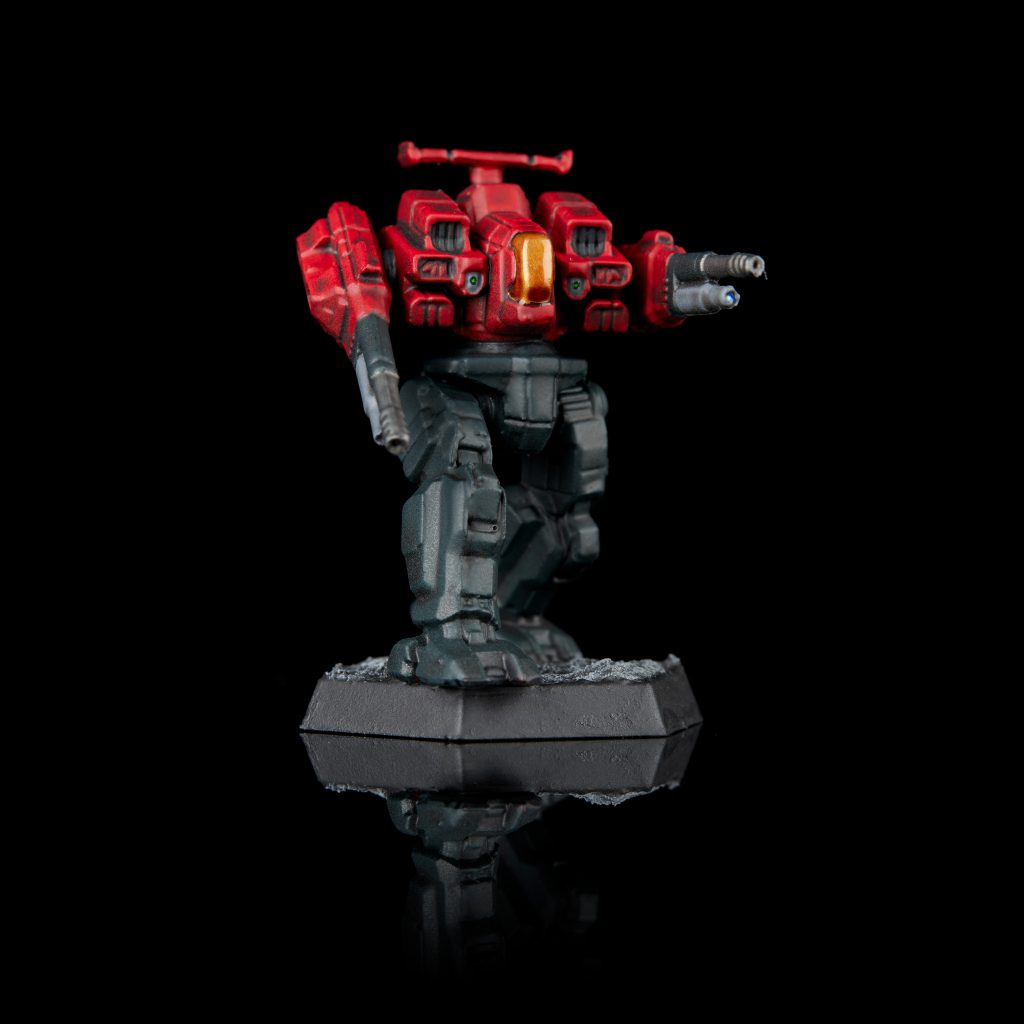
That first mech is the Rifleman, specifically the 6D version. The Rifleman is a pretty mediocre mech, with too much gun and not enough heat sinks, a crippling lack of armor, and terrible mobility. Looking at Sarna though, I found the 6D variant, which slaps. It carries 4 Light AC5s, which as we found out last week is one of the best weapons in the game from a sheer BV efficiency standpoint. It has enough ammo to blast away with its autocannons all game with no worries, even if you load it with special ammo (and you should, special ammo is incredible in light autocannons, especially precision ammo, which basically turns your autocannon into a pulse laser). It also carries 2 ER medium lasers to use up its heat sinks and pitch in extra damage. It is much faster than the base Rifleman at 5/8 rather than 4/6 and has much better armor. It also carries a C3 Slave. It fits the goal well because it has consistent short-mid range damage, with good armor and good speed, and it comes in at a very reasonable price, which is an important consideration on a mech that is definitely going to draw a lot of fire. It also has the speed to spot for other mechs in the network if it needs to, with guns that work out to a pretty decent range and can take good advantage of the network. Now lets get 3 more C3 mechs that fit well with this one. The 6D Rifleman costs 1274 BV, leaving us with 3726.
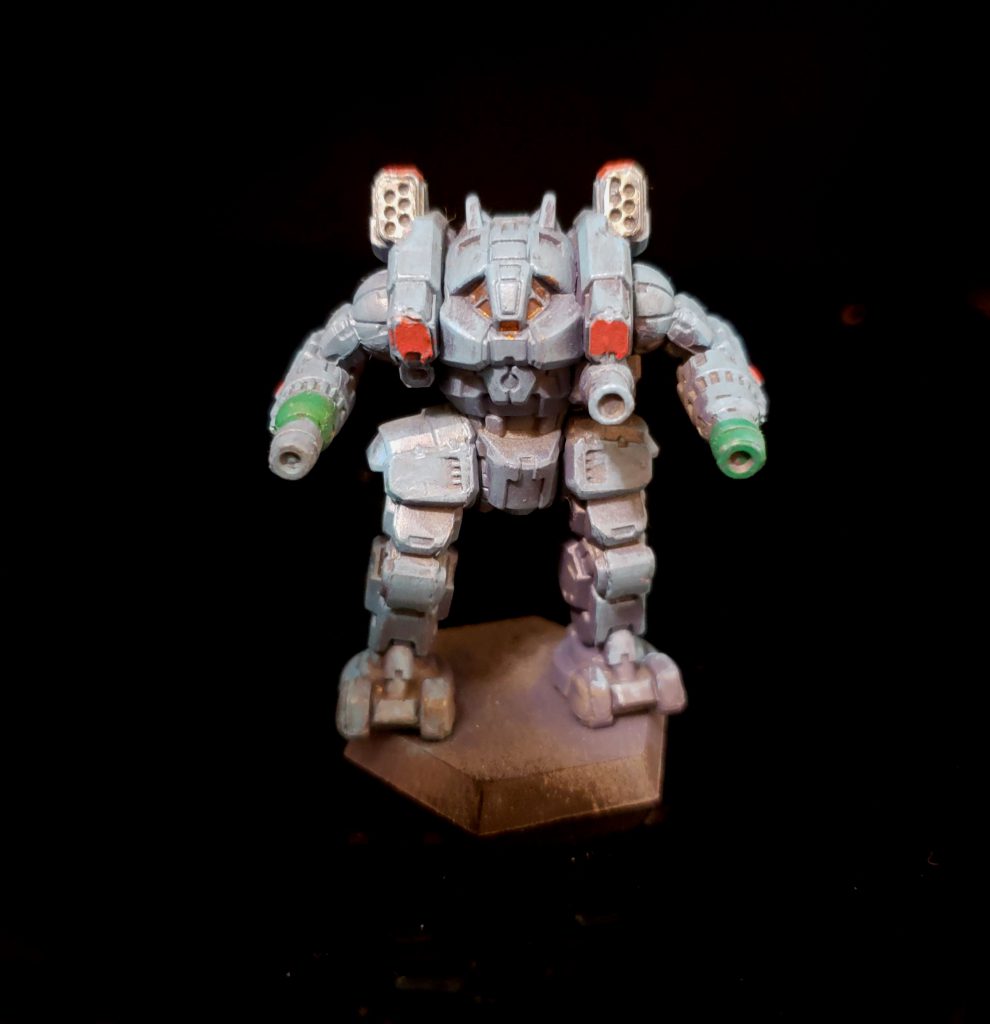
Next up I had to find a mech equipped with a C3 Master Computer, which is a frustratingly small amount of mechs. I checked the list of C3 master equipped mechs on the wiki, which has a lot of different categories you can search to try to find mechs that fit a given criteria, though not nearly enough categories to be a truly good gameplay aid. After agonizing a bit over my limited selection I chose the Katana CM, as I like the mix of weapons on it and it has a plastic model, so I wouldn’t have to order a metal one if I wanted to use it. The Katana is the Kuritan bootleg of the Crockett, so the Crockett model can be used for either mech. It is frustratingly slow at 54 km/h (3/5), but on the Master Computer mech that is less important, as it is best used hanging back at range to avoid damage and keep the network operating. It also has jump jets, which help, but a 3 hex jump is not particularly impressive. It carries 2 Large Lasers, a SRM-6, and a LBX-10 Autocannon, all of which are pretty decent weapons with alright range, as well as having a decent amount of armor. These mid range type weapons are great for our intended role, as we want it to be in between our fire support and the enemy, so it doesn’t need extreme range for what we want to do with it, but we don’t want a ton of short ranged weapons, because then we will be exposing the Master Computer to too much return fire. It will act as the hub for our C3 system and also is a pretty good line holding mech in its own right. Putting it into Master Unit List puts us at 2828 BV, giving us 2172 more to work with
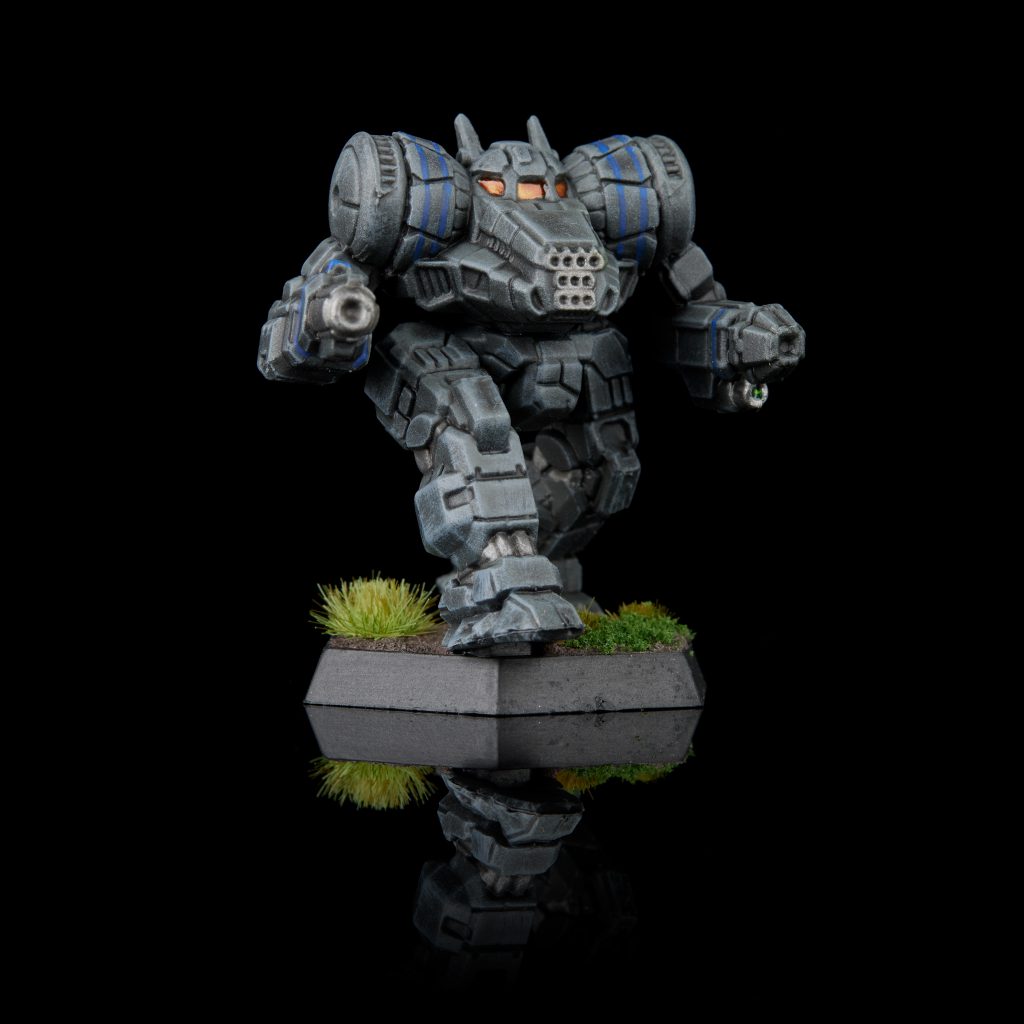
For the next mech, I decided on a Grand Dragon. The Grand Dragon is incredibly fast for a heavy mech at 6/9, and while it doesn’t have jump jets that kind of speed is rare on a heavy mech. I picked the DRG-C as I like its general weapon layout the best, with an ER PPC, an LRM-10, and two Medium Lasers, one of which points backwards because early Battletech was like that sometimes. It has kinda mediocre armor but the speed can help compensate for that, and it acts as a good forwards observer for the C3 lance as it is fast enough to close the distance, but with its long range weapons it also can benefit from other units in the lance being closer, giving it flexibility, which is always good. It also comes at a fairly reasonable amount of BV, 1322. Adding that on Master Unit List gives us 4150 total so far, and 850 left over.
Update: Battletech is a nightmare zone of rules sometimes and I missed the part in the rulebook where they mentioned how C3 is costed. I assumed it was baked in to the unit’s cost, but it is not. Thanks for pointing that out, I would never have re-read that on my own.
Normally this would be where we added another mech, but C3 networks have an additive cost. Basically, you take 5% of the cost of each mech in the network, and add it to the price of every mech in the network. This is usually easy to calculate, but with C3 equipped battle armor it can get strange. After boosting the piloting skill of the Rifleman to 4, we get a BV of 4277. Adding the 15% extra charge for C3 networks leaves us at 4918 BV, and it is profoundly upsetting that there isn’t a decent list building software that would calculate that for me. Sometimes you do end up needing to cut mechs if you want to make a specific gimmick work or fit a few specific mechs into a force, and sometimes advanced technology can drive prices up higher than you expected.
Conclusion
We can combine the two lances we just made into a single 10000 BV force, made with a mix of both methods and being rather effective. Most large forces you make will be a mix of both of these, as you may only have a few mechs in mind that you absolutely want to use, and just find mechs from your collection to fill the holes in the list. The big takeaway for good force design that I want to come out of this is cohesion. It is infinitely better to make a cohesive, focused force out of mechs that work well together, rather than a scattered mix of random mech variants. Focused forces will usually win, as they can apply their overwhelming strength more effectively than more unfocused forces, who may not have any one thing they do very well. That being said, you don’t want to totally abandon flexibility, as you may end up playing a scenario or a map that doesn’t benefit that strength, so having your mechs, or your force on the whole, be able to do at least one other thing ok is a good idea. For the above forces, the first lance would struggle with an objective heavy game, as they are slow, but half of them still jump and the rest either have ok speed or could cover the more mobile members of their lance. The second force is a fair bit more flexible due to the fact that I hand picked mechs that could do more than one thing, but it would still not like to run into a pulse laser heavy clan force or a mission where they were forced to frontally attack a defended position, because while they are decently durable, they spend too much BV on speed to really have good armor for a siege type attack.
All forces will have weaknesses like this, and sometimes you will end up in games where your force is playing from behind, but if you chose good variants and either started with or found a game plan, you should always have a good chance at winning, especially if your opponent doesn’t have a game plan. Method 1 tends to find the gameplan while picking variants, such as how our formation ended up direct fire heavy, and Method 2 tends to start with the game plan. Information is ammunition and knowing is half the battle, and like, some famous general guy said you needed to know yourself to win, so I guess knowing yourself is 25% of the battle, knowing your enemy is 25% of the battle, and the remaining 50% is dice rolls.
